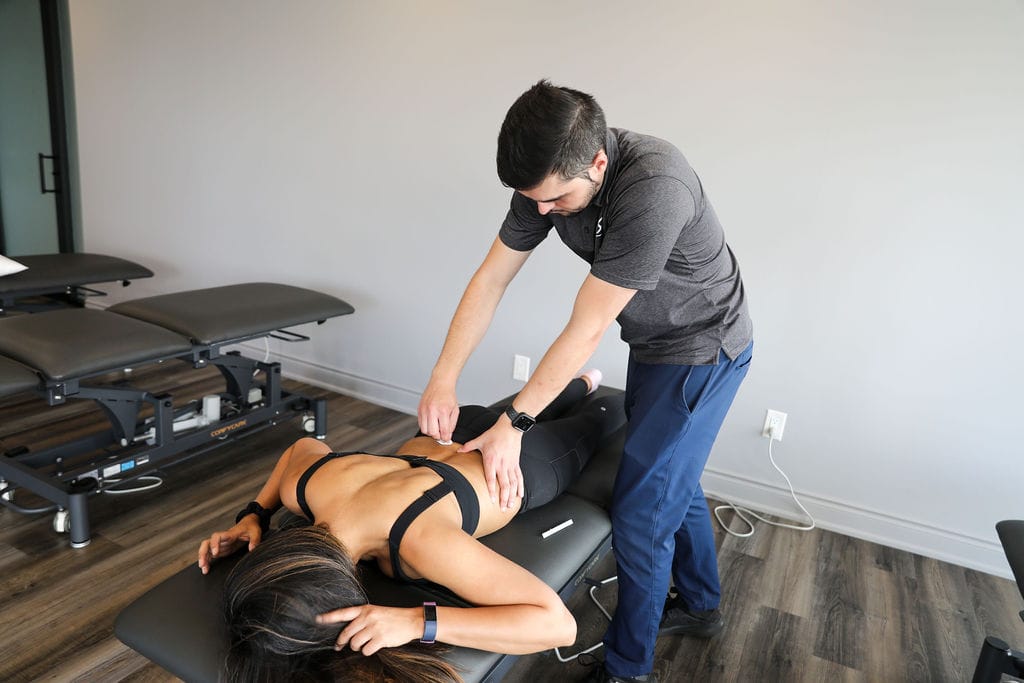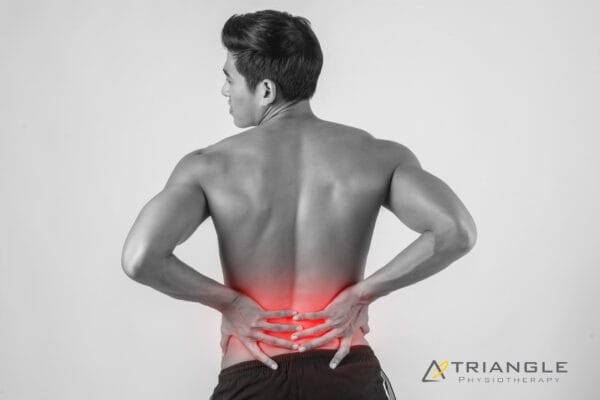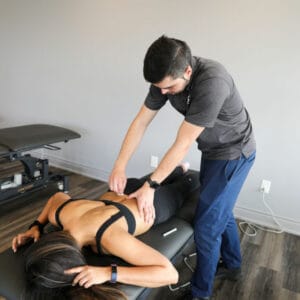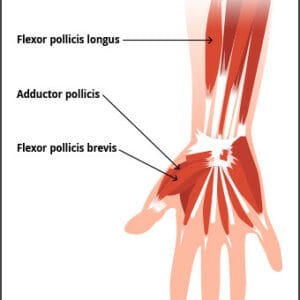Understanding Low Back Pain
Low back pain (LBP) is a common condition that affects a significant portion of the population at some point in their lives. It can vary from a mild discomfort to a debilitating condition that affects daily activities and quality of life. Here, we will explore what low back pain is, its causes, symptoms, and potential treatments.
What is Low Back Pain?
Low back pain refers to pain or discomfort located in the lower part of the spine, known as the lumbar region. This area of the back supports much of the body’s weight and allows for a wide range of movement, making it susceptible to injury and strain.
Causes of Low Back Pain
Low back pain can result from a variety of factors, including:
- Muscle Strain or Ligament Sprain: Overstretching or tearing of muscles or ligaments due to heavy lifting, sudden movements, or poor posture.
- Degenerative Disc Disease: The natural wear and tear of spinal discs over time, leading to pain and stiffness.
- Herniated Disc: A condition where the soft tissue inside a spinal disc pushes out, irritating nearby nerves and causing pain.
- Sciatica: Pain that radiates from the lower back down the legs, often caused by compression of the sciatic nerve.
- Spinal Stenosis: Narrowing of the spinal canal, which puts pressure on the spinal cord and nerves, leading to pain and discomfort.
- Spondylolisthesis: A condition where one vertebra slips forward over the one below it, causing instability and pain.
- Osteoarthritis: Degeneration of the joints in the spine, leading to pain and stiffness.
- Poor Posture: Prolonged sitting or standing in incorrect postures can strain the lower back muscles and ligaments.
- Injury or Trauma: Accidents, falls, or sports injuries can result in acute low back pain.
- Lifestyle Factors: Obesity, lack of physical activity, and smoking can contribute to the development of low back pain.
Symptoms of Low Back Pain
The symptoms of low back pain can vary depending on the underlying cause but often include:
- Dull, aching pain in the lower back
- Sharp or stabbing pain that may radiate down the legs (sciatica)
- Stiffness and reduced range of motion in the lower back
- Muscle spasms
- Difficulty standing up straight or walking
- Pain that worsens with prolonged sitting or standing
Diagnosis of Low Back Pain
To diagnose low back pain, healthcare providers may:
- Conduct a thorough medical history and physical examination
- Ask about the onset, duration, and severity of pain
- Assess posture, range of motion, and muscle strength
- Order imaging tests (e.g., X-rays, MRI, CT scans) to identify structural problems
- Perform nerve function tests if nerve compression is suspected
Treatment of Low Back Pain
Treatment for low back pain aims to reduce pain, improve function, and prevent recurrence. Common treatments include:
- Rest and Activity Modification: Short periods of rest and avoiding activities that exacerbate the pain.
- Medications: Over-the-counter pain relievers (e.g., ibuprofen, acetaminophen) or prescription medications for more severe pain.
- Physiotherapy: Exercises and stretches to strengthen the back muscles, improve flexibility, and correct posture.
- Heat and Cold Therapy: Applying heat or cold packs to reduce pain and inflammation.
- Manual Therapy: Techniques such as massage, spinal manipulation, and mobilization performed by a trained therapist.
- Lifestyle Modifications: Weight management, regular exercise, and ergonomic adjustments to reduce strain on the lower back.
- Injections: Corticosteroid injections to reduce inflammation and pain in cases of severe or persistent pain.
- Surgery: In rare cases, surgery may be necessary to address structural issues such as herniated discs or spinal stenosis.
Prevention of Low Back Pain
Preventing low back pain involves adopting healthy habits and practices, such as:
- Maintaining a healthy weight
- Practicing good posture
- Regular physical activity and stretching
- Using proper lifting techniques
- Avoiding prolonged sitting or standing
- Ensuring an ergonomic workspace
Conclusion
Low back pain is a widespread issue that can significantly impact daily life. Understanding its causes, symptoms, and treatment options is crucial for managing and preventing it. If you experience persistent or severe low back pain, it’s essential to consult a physiotherapist for an accurate diagnosis and appropriate treatment plan. By taking proactive steps to care for your back, you can reduce the risk of low back pain and maintain a healthy, active lifestyle.





